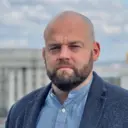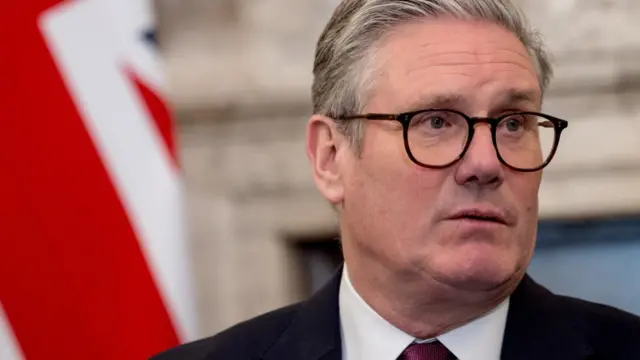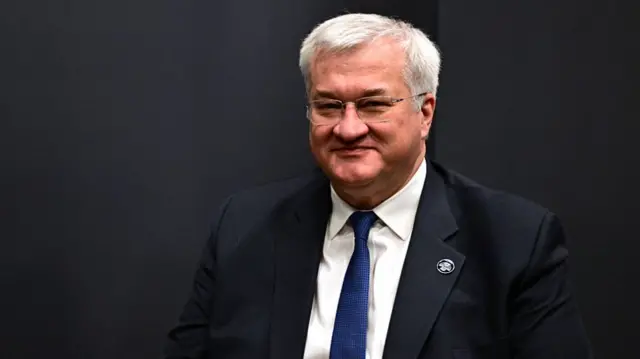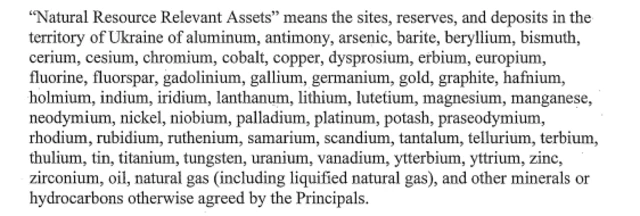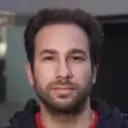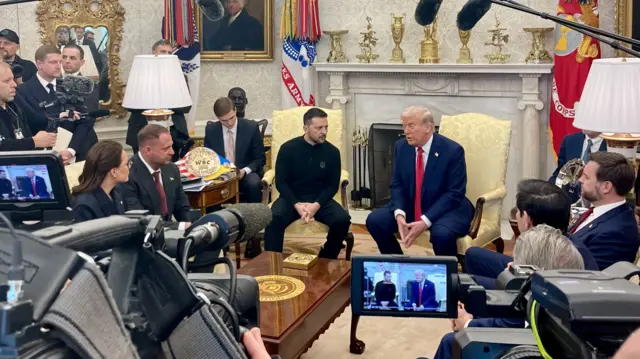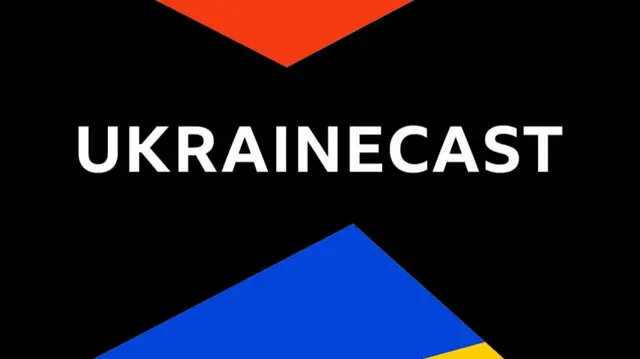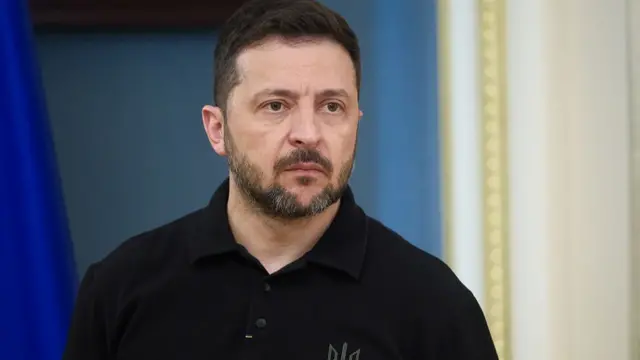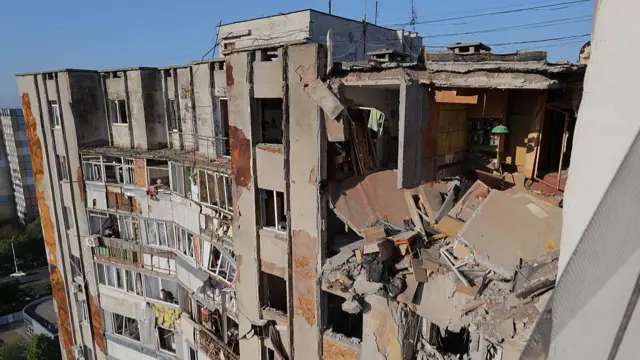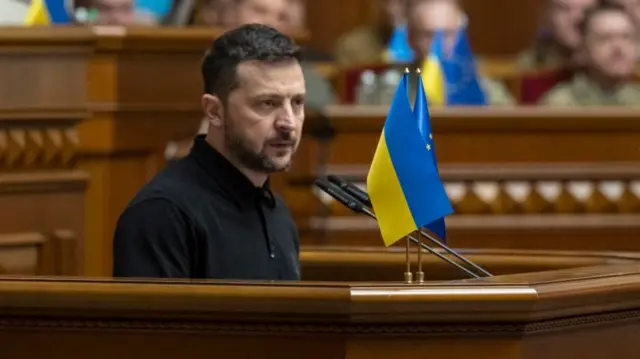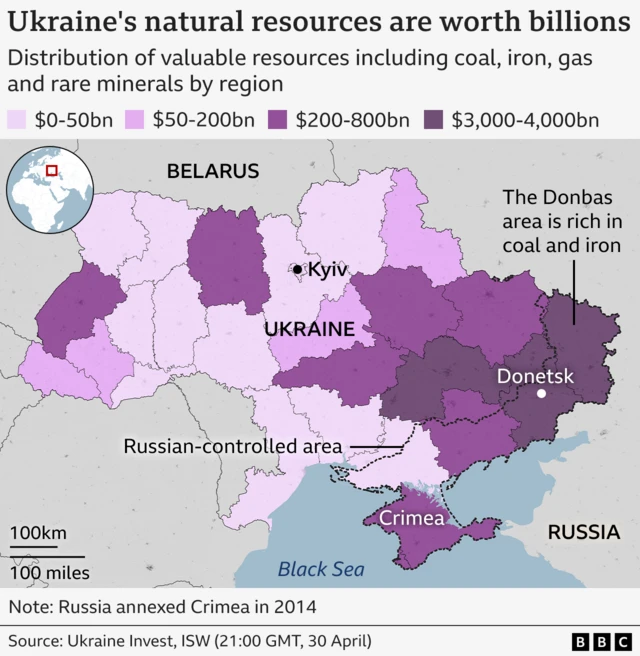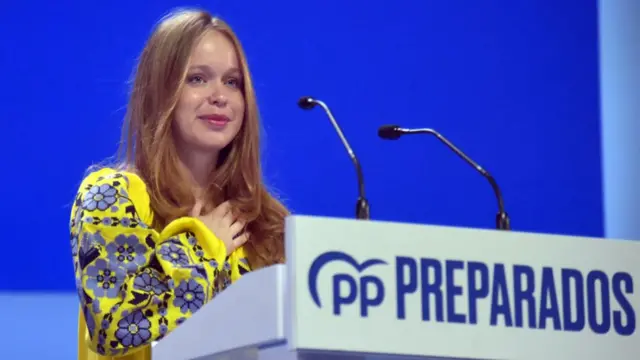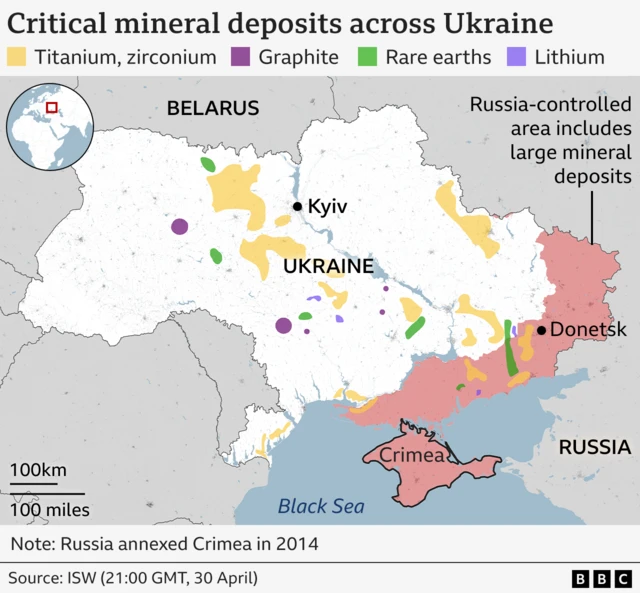Can Ukraine still join Nato?published at 13:25 BST 1 May
 James Landale
James Landale
Diplomatic correspondent in Kyiv

Luc, one of our live page readers, asks: Would the deal still allow Ukraine to join Nato in due time?
I don't think this deal has any bearing at all on whether Ukraine will or will not join Nato in the future.
At the moment, the general consensus is that question is a very, very distant prospect. Even if you talk privately to Ukrainian politicians, they can see that it is not something they are going to insist upon as a red line under any kind of peace deal.
it's not as if Nato is rushing itself to introduce Ukraine into its alliance - and there are so many problems that could accompany it.
- As a reminder, you can watch the special episode of Ukrainecast by clicking Watch live above
